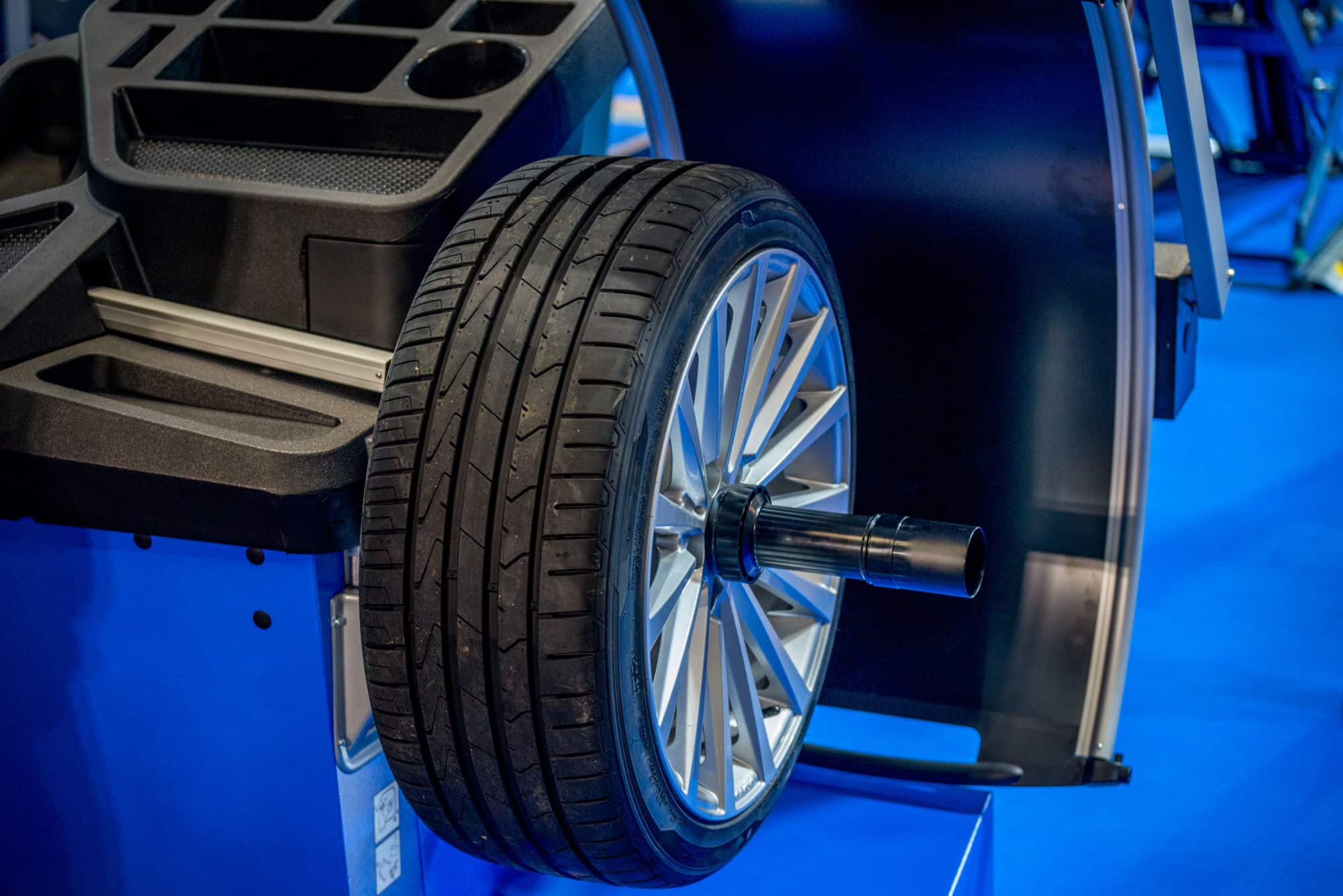Using Steam to Vulcanize Rubber for Automotive and Aerospace Manufacturing
The use of steam is central to both the automotive and aerospace industries. Without steam, tires cannot be vulcanized, and carbon fiber can’t be produced. This article will explore the application of steam within automotive and aerospace manufacturing facilities.
STEAM AND VULCANIZATION
Vulcanization was first pioneered by American chemist and engineer Charles Goodyear in 1839. Goodyear discovered that by combining natural rubber and sulfur under intense heat and leaving it to cure, he could make stronger types of rubber.
Since Goodyear’s breakthrough, the vulcanization process has gradually evolved to use synthetic types of rubber. Today, vulcanization allows us to create vital products such as tires and rubber seals for engines. This section will explore the process of vulcanizing rubber, why it’s important, and steam’s role in the process.
What Is Vulcanization?
Vulcanization is a chemical process that combines rubber with other materials under extreme heat to create more durable rubber components. Natural or synthetic rubber is heated with an ingredient like sulfur at around 140 to 160° F during tire vulcanization.
This creates a chemical reaction that breaks down and bonds both ingredients together in a process called “cross-linking.” This infuses the rubber with some of the properties of the other components, allowing the rubber to become more durable or more flexible.
Why Does Rubber Need to Be Vulcanized?
If left unvulcanized, rubber isn’t able to retain the desired shape. Instead, rubber is little more than a sticky goo with the same consistency and texture as chewing gum. Left in this state, rubber isn’t a strong enough material for making products like tires.
By vulcanizing rubber, we can adapt it to fulfill a range of applications by changing its properties. We might want to make the rubber more durable to create a set of tires, or we might need a more flexible form of rubber to create a gasket seal to stop engine oil from leaking.
How Is Steam Used in the Vulcanization Process?
Steam plays a vital role in the process of vulcanizing tires. The process begins when a rubber-sulfur mixture is placed into a tire mold within an autoclave chamber. Once this chamber is closed, a blast of highly pressurized steam is fired into the mold. This intense pressure and heat start bonding the rubber and sulfur together.
Because of the extreme heat, the rubber expands to fill the mold and then cures, creating a durable finished tire. This is why steam boilers, like those offered by Miura, are so important to the automotive manufacturing industry.
STEAM AND CARBON FIBER
Carbon fiber is another material that is extremely useful in the automotive and aerospace industries. Again, steam is integral to the manufacturing process of this strong, lightweight material.
What Is Carbon Fiber?
Carbon fiber is an incredible material that is made from extremely thin strands of carbon atoms. Thousands of these carbon strands are essentially twisted together to create a strong but flexible raw material.
Why Is Carbon Fiber Useful in The Aerospace and Automotive Industries?
Carbon fiber is strong, almost five times stronger than steel. But despite this immense strength, it’s also lighter and more flexible than steel. This versatile material is useful in aerospace and automotive industries because it can create hard-wearing, lightweight panels for aircraft, racing cars, and even parts for space shuttles.
These machines need to be as light as possible, yet tough enough to survive impacts of incredible force, such as crashing into a wall at the Indy 500 or coping with the immense forces deployed when firing up a jet engine.
How Is Steam Used in The Process of Manufacturing Carbon Fiber?
Carbon fiber must pass through various stages before it can be used. Each carbon fiber manufacturer uses a slightly different and highly secretive process.
Most of these stages require immense heat to stabilize the raw PAN (polyacrylonitrile) materials used to make the fibers and purify them until only carbon molecules remain. This helps the carbon atoms to form powerful bonds.
First, a polymer solution is mixed and spun to form the precursor PAN (polyacrylonitrile) fibers. These strands are all thinner than hair and can number up to 12,000 individual threads. Next comes an intensive washing, stretching, and stabilization process with chemical cocktails, before the fibers are steamed and then left to dry. These processed fibers are then collected in spools, ready to be woven into carbon fiber.
Industrial steam boilers, such as those offered by Miura, are an excellent heat source for this intensive process.
MIURA STEAM BOILERS FOR AUTOMOTIVE AND AEROSPACE MANUFACTURING
As we’ve discovered, steam is a vital part of automotive manufacturing processes, such as vulcanizing rubber to make tires. It is also integral to producing materials such as carbon fiber for both the aerospace and automotive industries.
Contact us today to learn more about how Miura’s steam boilers can play a vital role in your manufacturing plant.

